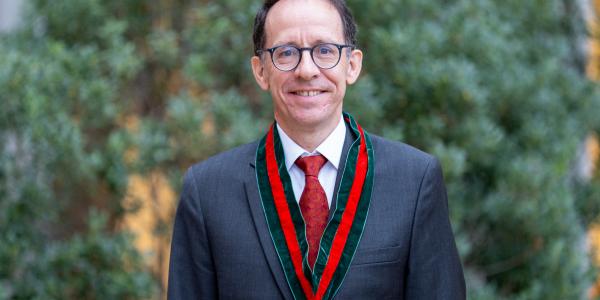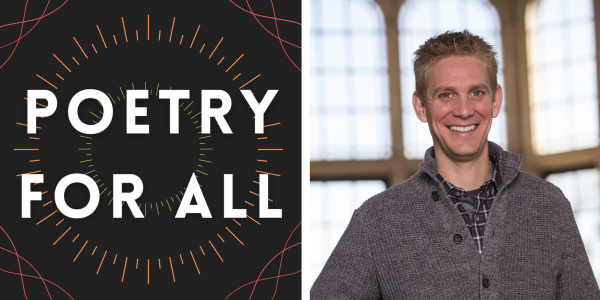Memorials to the Atlantic slave trade offer communities the opportunity to reflect on the local legacies of a complex, international trauma. Laurie Maffly-Kipp, the Archer Alexander Distinguished Professor of Religion and Politics and director of religious studies, has begun a new project that analyzes slavery memorialization through the lens of religious belief and practice.

A scholar of African American religions, Laurie Maffly-Kipp first became interested in the question of slave memorials after attending the grand opening of Montgomery, Alabama’s National Memorial for Peace and Justice, which commemorates the victims of lynchings in the United States. She started “thinking that it would be really interesting to compare the ways that Americans are beginning to memorialize the slave trade and enslavement of African Americans, as well as ongoing debates over how and even if they should be memorialized at all. I wanted to compare American practices to those in other parts of the world.”
Still in its early stages, Maffly-Kipp’s project focuses on the act of visiting memorials as a ritual practice that creates meaning and possible healing out of an unevenly shared traumatic past. “Memorials can be a way of helping to bind generations, which of course religion also does,” she said. “It’s a way of making future meaning out of the past. It sort of bends time in that way. A lot of people who study religion think about how we memorialize the past and what kinds of rituals and ritual structures we erect to memorialize people and histories.”

In 2019 Maffly-Kipp received a grant from the Newman Exploration Travel Fund, offered through the University Libraries, to conduct preliminary research in Ghana and Portugal. She selected those locations because of their complex histories with the slave trade and tourism. Ghana is a country whose coastline is dotted with “slave castles” formerly owned by European nations. Portugal was one of the last European countries to abolish slavery in its colonies. Both are popular tourist destinations.
In Ghana, Maffly-Kipp was struck by the contrast between how locals and tourists/pilgrims experience sites like the Elmina slave castle. “The return to Africa has become a spiritual pilgrimage of sorts for a lot of African Americans,” she said, and Ghana is a popular site in those pilgrimages, as both an important region in the history of the slave trade and the first sub-Saharan African country to have gained independence from European colonization. “The linkages between Ghana as a site of African independence but also a location of tragic memory leads to interesting dynamics,” she said.
In Portugal, Maffly-Kipp found that national identity was deeply rooted in an idea of colonial exploration that has little room for slavery’s role in that expansion. She found abundant memorials to explorer Henry the Navigator and more modest and recent museums to the country’s long involvement with the slave trade. She posits that this disconnect is related to the fact that Portugal's slave past was virtually erased for many decades, leaving many whites to feel that slavery is an “American problem.” In slavery memorials, she said, “the issue of racial identity gets conflated in interesting ways with this history of slavery which doesn’t really have much to do with the black people who are currently living in Portugal.”

As she continues to develop this project, Maffly-Kipp is particularly interested in the ritual work that these memorials do in communities to heal our relationship to the past. “As a white woman doing this kind of research,” she said, “the issue of memorializing trauma raises the question of not just what kind of relationship African Americans or Africans have to that past, but also of European and Euro-American culpability. It is a collective past, and we are all responsible for honoring that trauma in the present as a way to heal.”
All images courtesy of Laurie Maffly-Kipp. Lead image: Cape Coast Castle, the biggest of about 40 slave castles on the Ghanaian coast. First constructed in 1555 by the Portuguese, it was later owned sequentially by Sweden, Denmark, the Netherlands, and Britain.





